Use this set of dominoes when learning how to match 4-digit numbers written in standard form and expanded form.
Expanded Form with 4-Digit Numbers
The practice of showing a number in its expanded notation is a meaningful way to communicate the place value of each digit within that number.
Help students understand place value with this Expanded Form Dominoes game, which tasks students to match numbers written in the standard numerical form with their expanded form.
To play:
- Place the ‘Start’ domino in the centre of the playing area. Shuffle the remaining pieces and place them to the side.
- Each player draws 3 dominoes.
- When it is your turn, look to see if you have a matching end piece.
If you don’t have a piece that matches, draw a domino. - Play continues until all pieces have been used and the ‘End’ domino has been laid.
Through this activity, students will show they can match a 4-digit number in standard form to its expanded form representation.
Tips for Differentiation + Scaffolding
A team of dedicated, experienced educators created this resource to support your maths lessons.
In addition to individual student work time, use this expanded form activity to enhance learning through guided math groups or whole class lessons.
If you have a mixture of above and below-level learners, check out these suggestions for keeping students on track with the concepts:
🆘 Support Struggling Students
Help students who need help understanding the concepts by completing this activity in a small group or 1-on-1 setting. Additionally, students can use a place value chart to help them determine the place of each number when determining the expanded form of a numeral. There also are domino sets available for 2- and 3-digit numbers.
➕ Challenge Fast Finishers
For students who need a bit of a challenge, encourage them to create their own set of expanded form dominoes. Make a copy of the editable version, delete the numbers, and give the blank template to your students to use. Additionally, there is a more challenging version of this resource, focusing on 5-digit numbers.
Easily Prepare This Resource for Your Students
Use the dropdown icon on the Download button to choose between the colour PDF or editable Google Slides version of this resource.
Print on thick card for added durability and longevity. Place all pieces in a folder or large envelope for easy access.
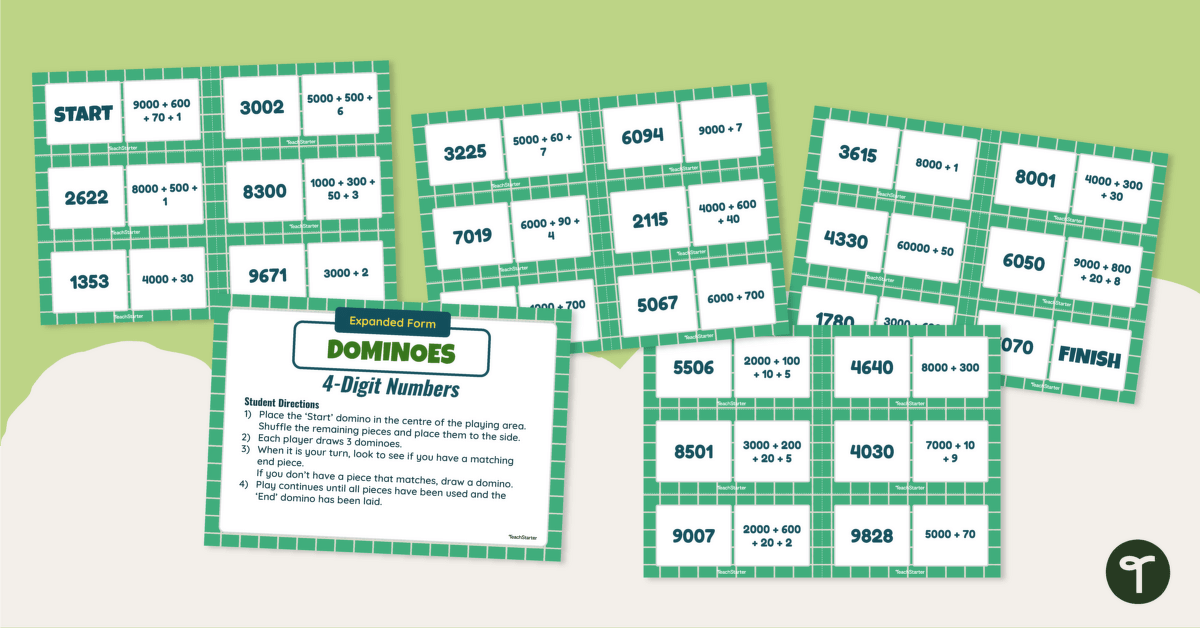

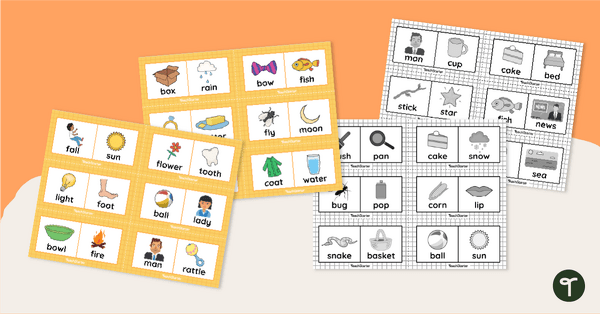
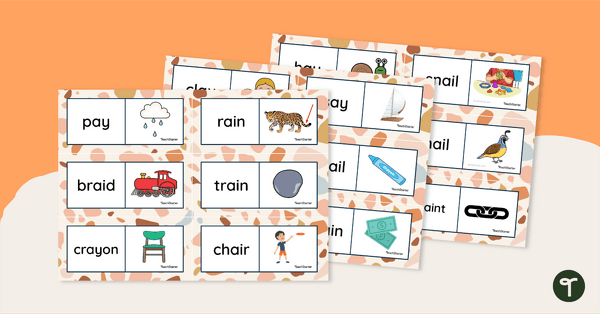
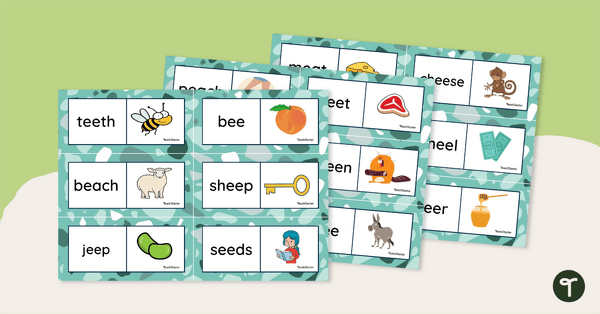
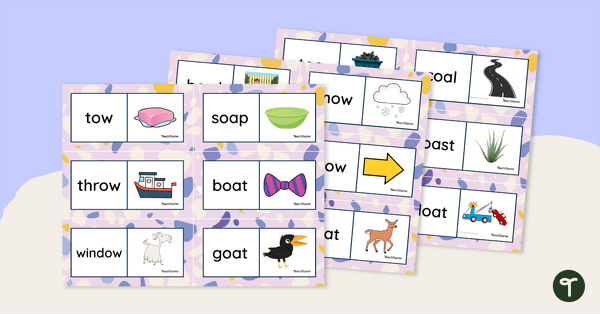
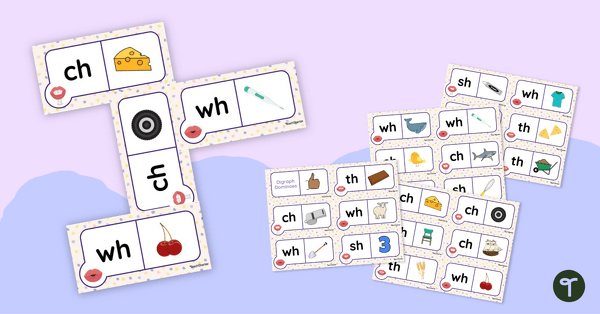


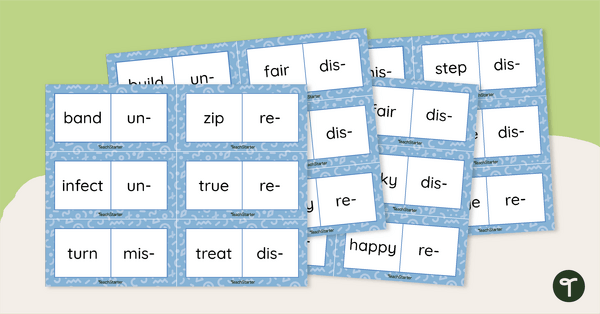
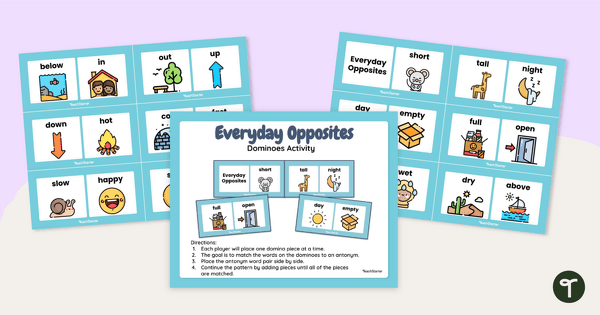
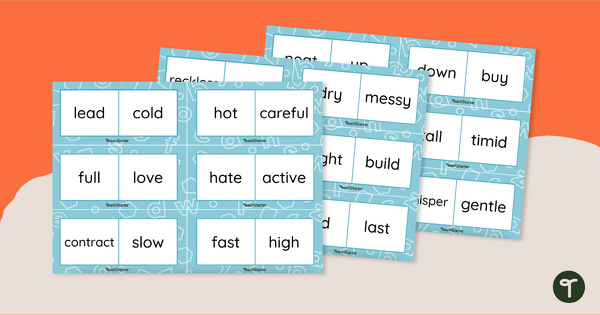
0 Comments
Write a review to help other teachers and parents like yourself. If you'd like to request a change to this resource, or report an error, select the corresponding tab above.